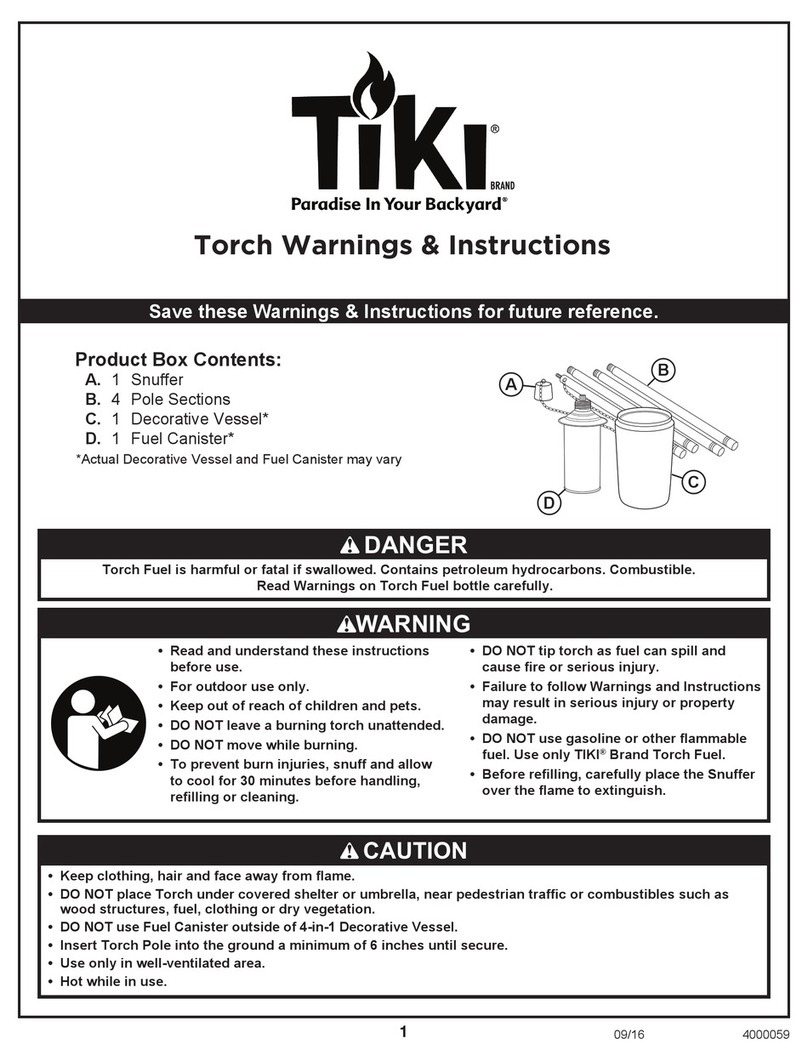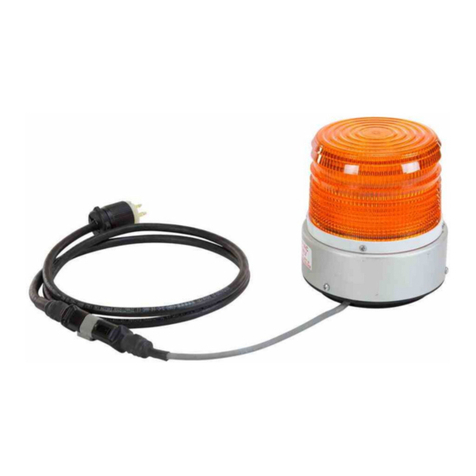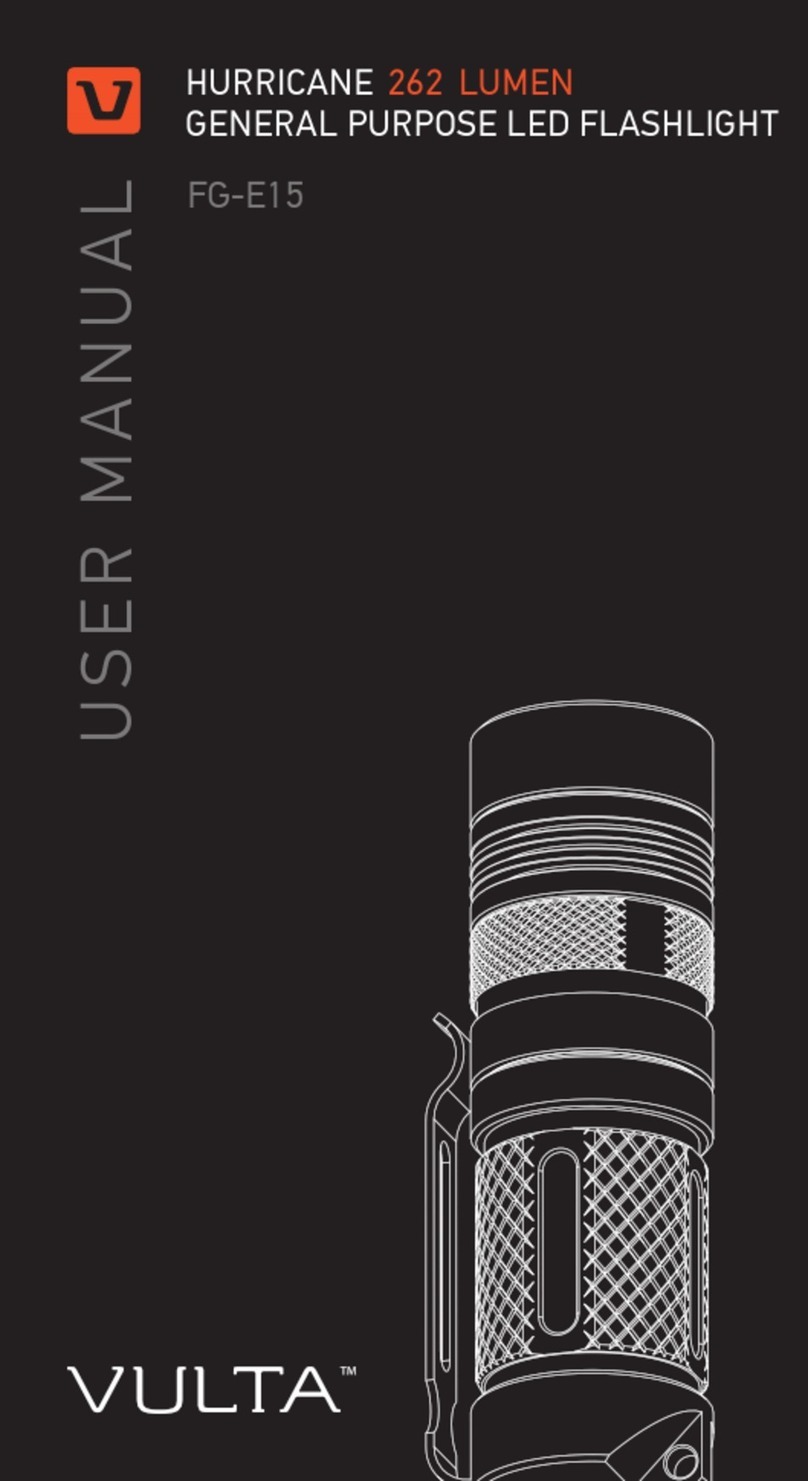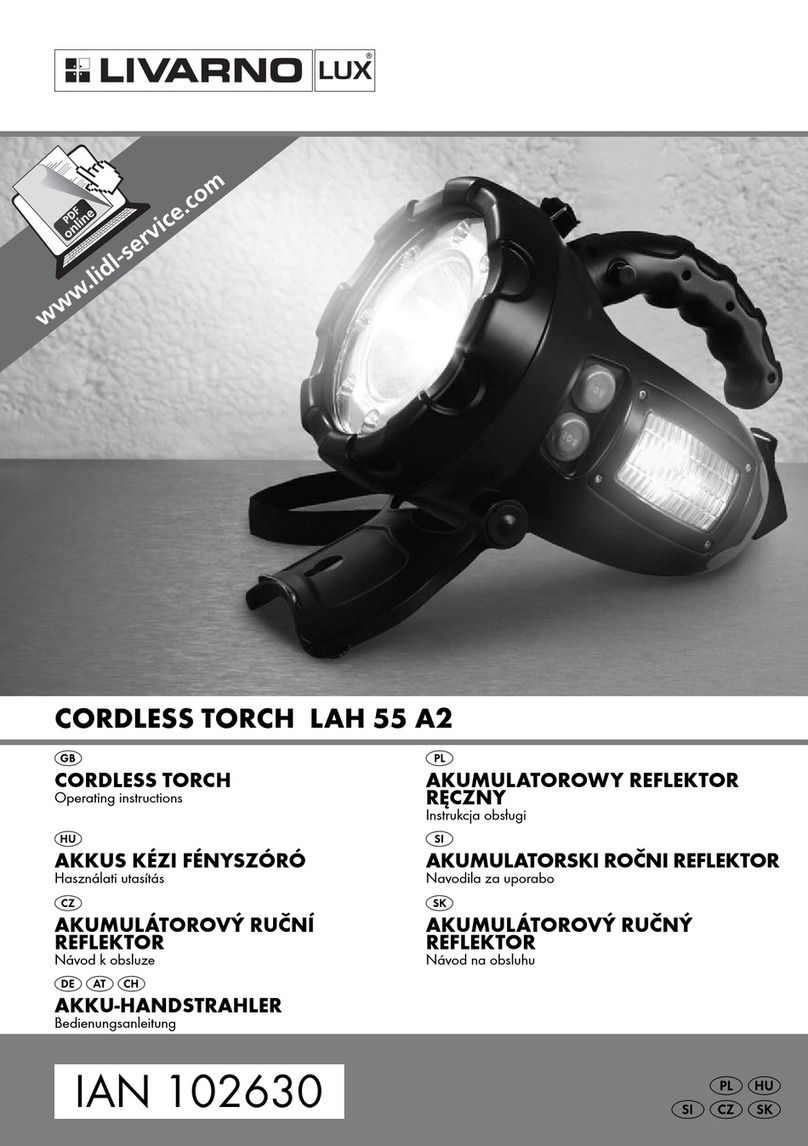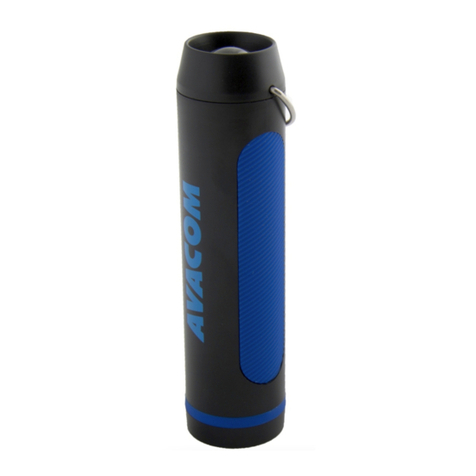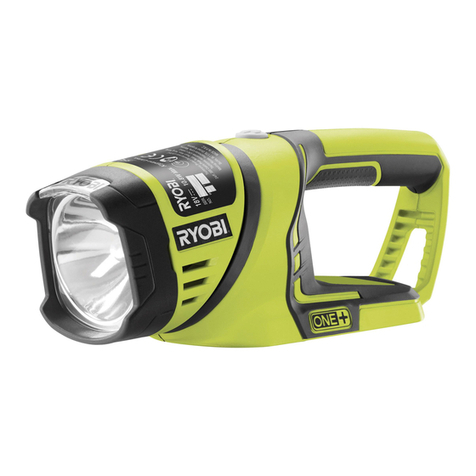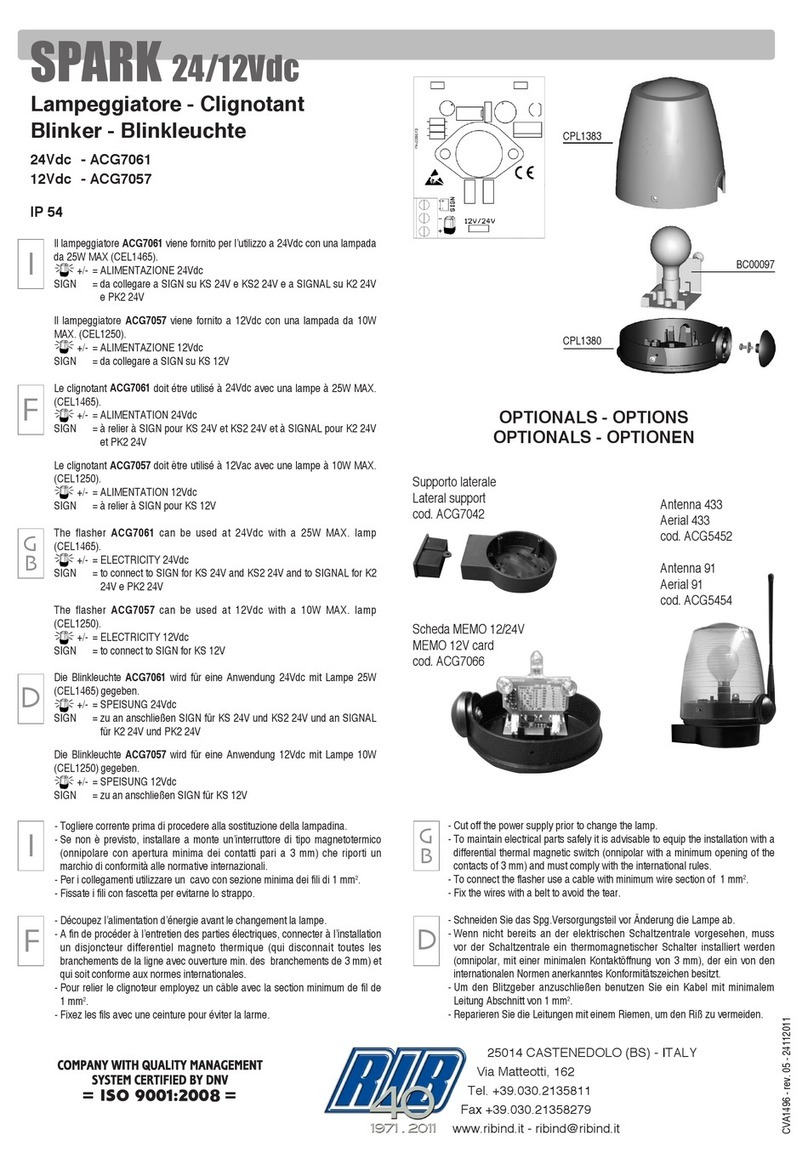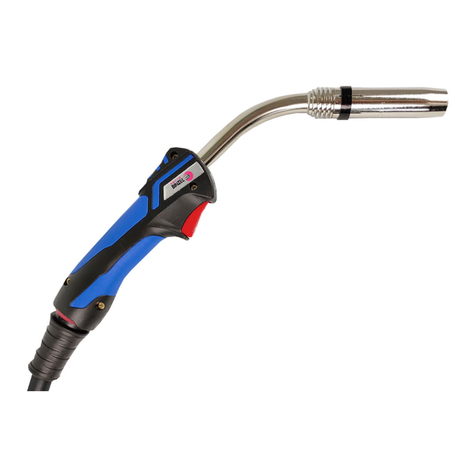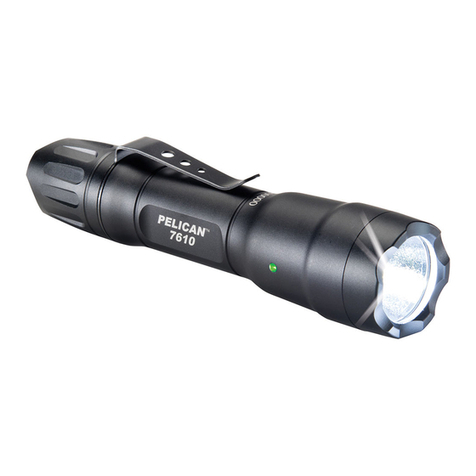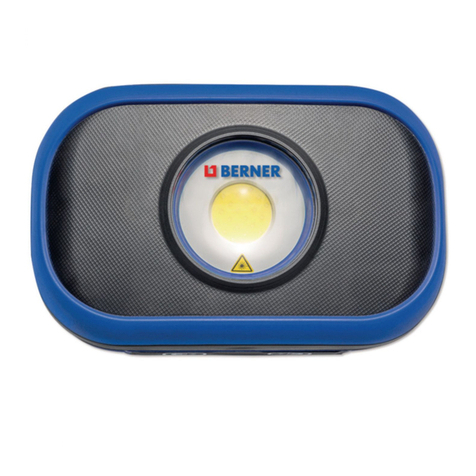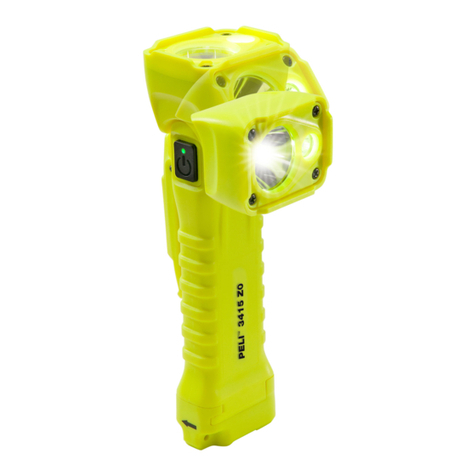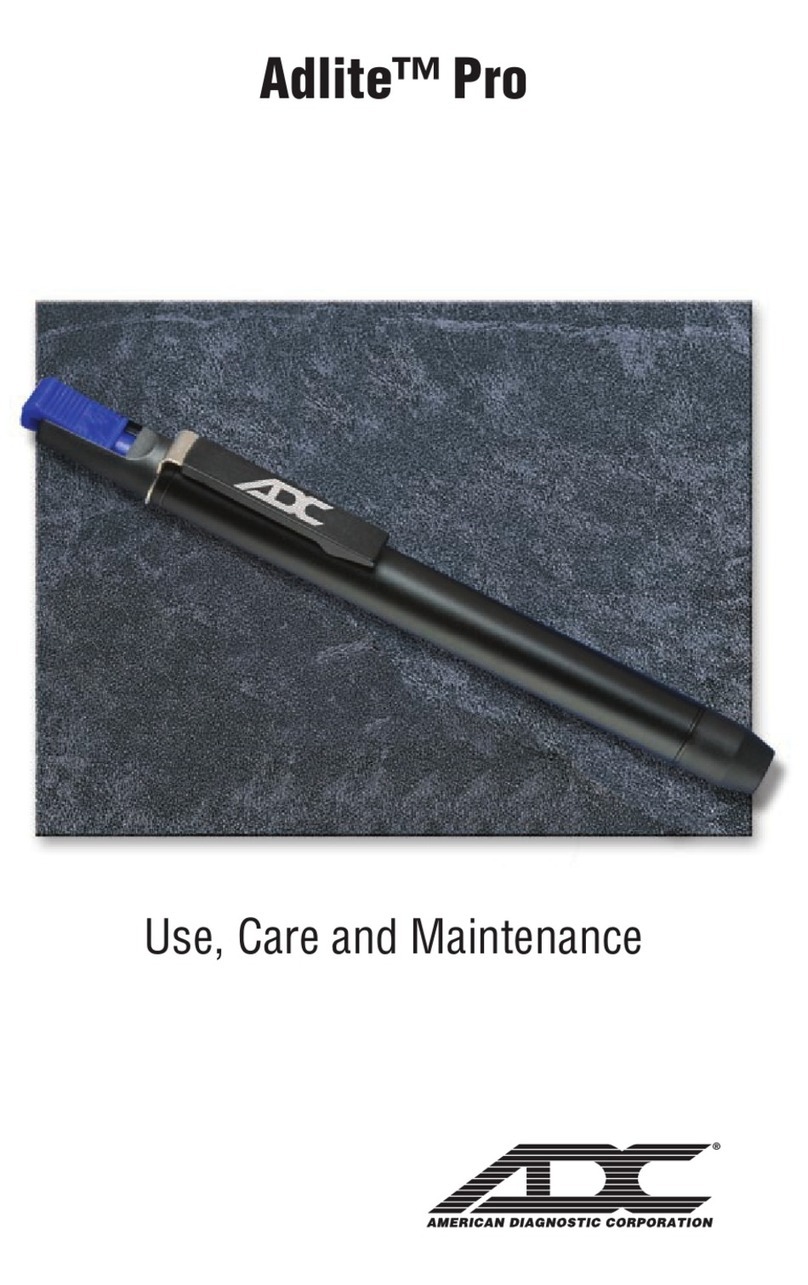4
Item No Part Number Descripon Pack Qty
102001 P150LT Torch Head (hand) 1
1a 09706 P150LT Handle c/w Switch 1
1b C1398 'O' Ring - Torch Head 5
1c C1017 Front Insulator - Vespel 1
3C1378 Diuser 1
4C1376 Electrode Hafnium 5
5C1377 Swirl Ring Vespel 1
6C1371 Cung Tip 1.1mm 60A 10
6C1372 Cung Tip 1.35mm 90A 10
6C1373 Cung Tip 1.6mm 120A 10
6C1374 Cung Tip 1.8mm 150A 10
6WB300128 Gouging Tip 2.4mm 100A 10
6C1375 Gouging Tip 3.0mm 150A 10
8C1018 Extended Diuser 1
8a C1517 Extended Electrode 5
9C1369 Extended Tip - Max 50A 10
10 C1001 Extended Tip 1.35 - 90A 10
10 C1002 Extended Tip 1.6 - 120A 10
10 C1003 Extended Tip 1.8 - 150A 10
11 C1389 Nozzle Retaining Cap 1
12 C1393 Contact Nozzle Retaining Cap 1
13 C1007 Spring Holder Protecon Nut 1
14 C1008 Stand O Spring (for C1389) 5
15 C1009 Gouging Spacer (use with item 12) 1
16 C1010 Spacer for Contact Cung (use with items 6, 12 & 22) 1
17 C1406 Gouging Spacer (use with item 11) 1
19 C1014 Shield Cup - Max 50A 1
20 C1015 Spacer for Contact Cung 1
21 C1020 Spacer for Extended Tips (90A and above) 1
22 C1016 Locking Nut 1
23 C1386 Stand O Spring 5
24 C1408 Double Pointed Spacer 1
25 C1409 Crown Spacer 1
27 C1509 Extractor for Swirl Ring 1
28 C3045012 Wrench for Electrode 1
Please Note: Only use the above conguraon for the Jasic Cut 160 model
Jasic Cut 160 Plasma with P150LT 6m Hand Torch
Wilkinson Star Technical
